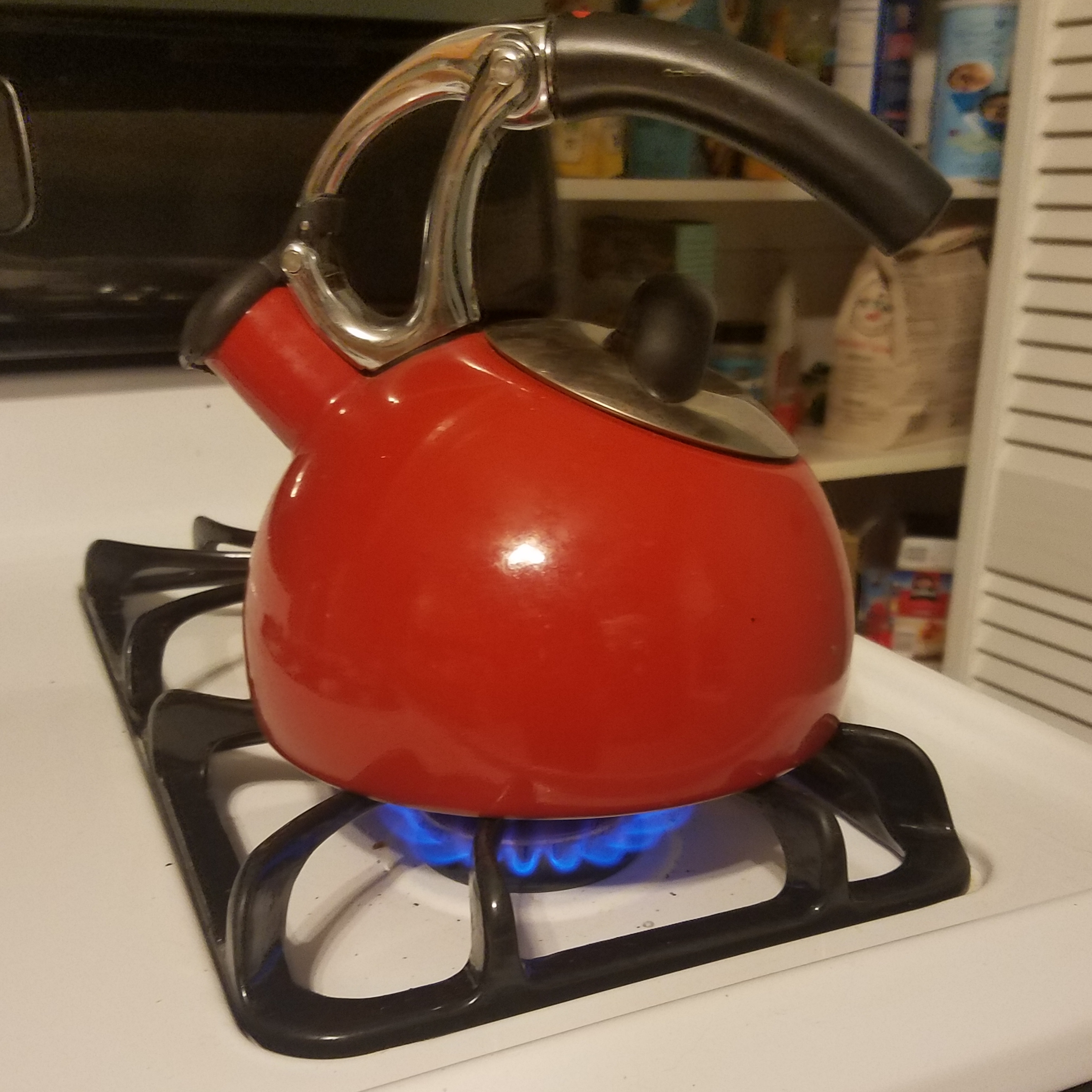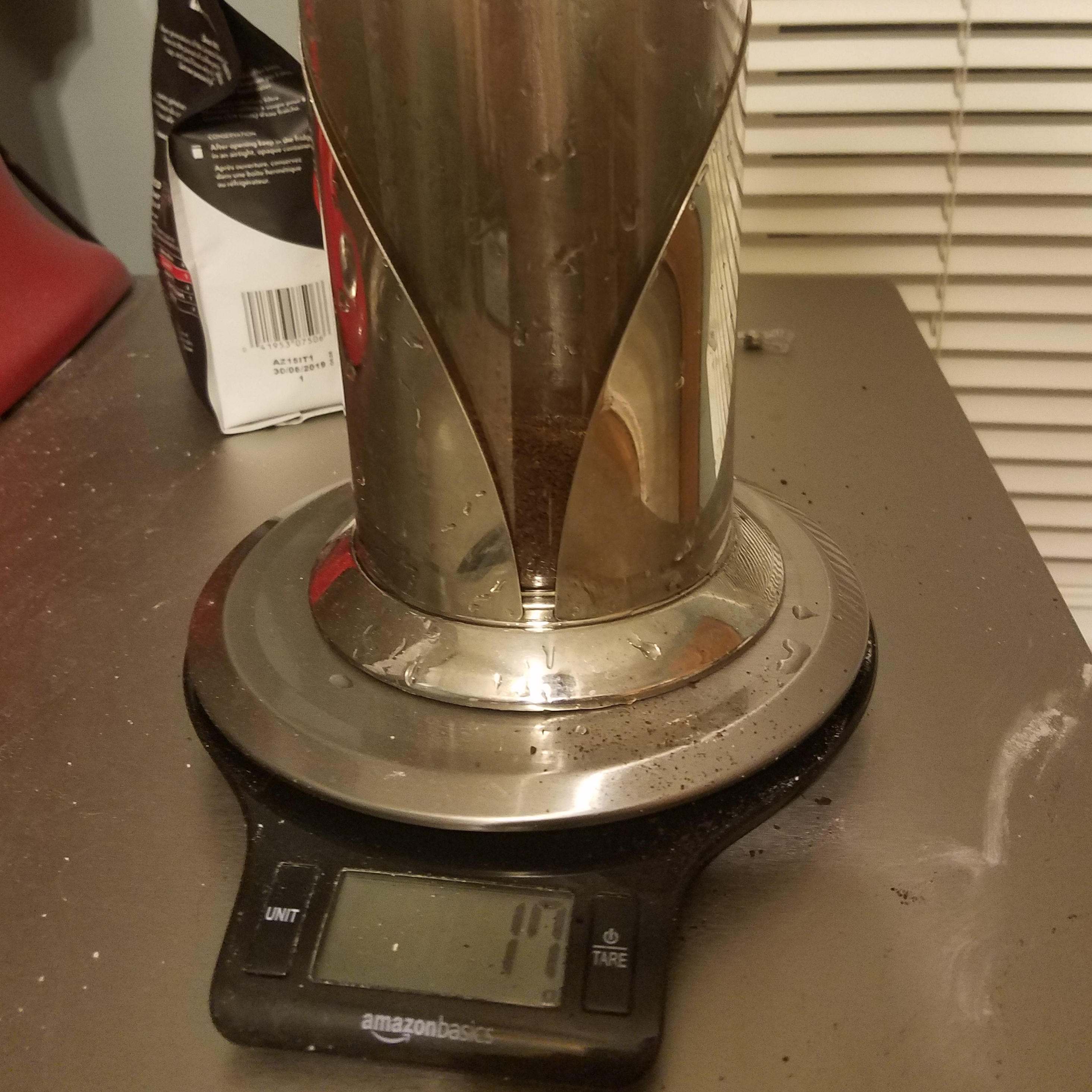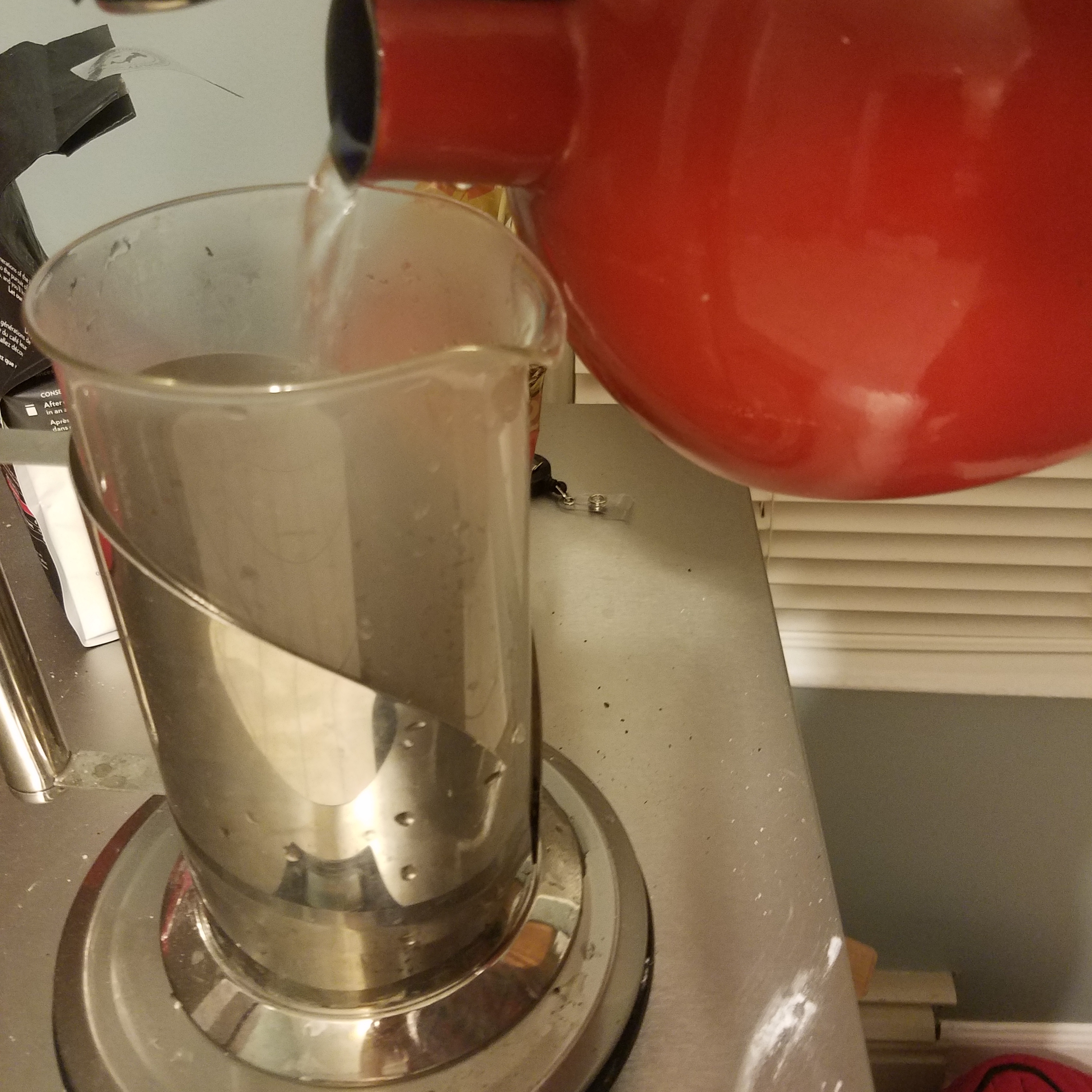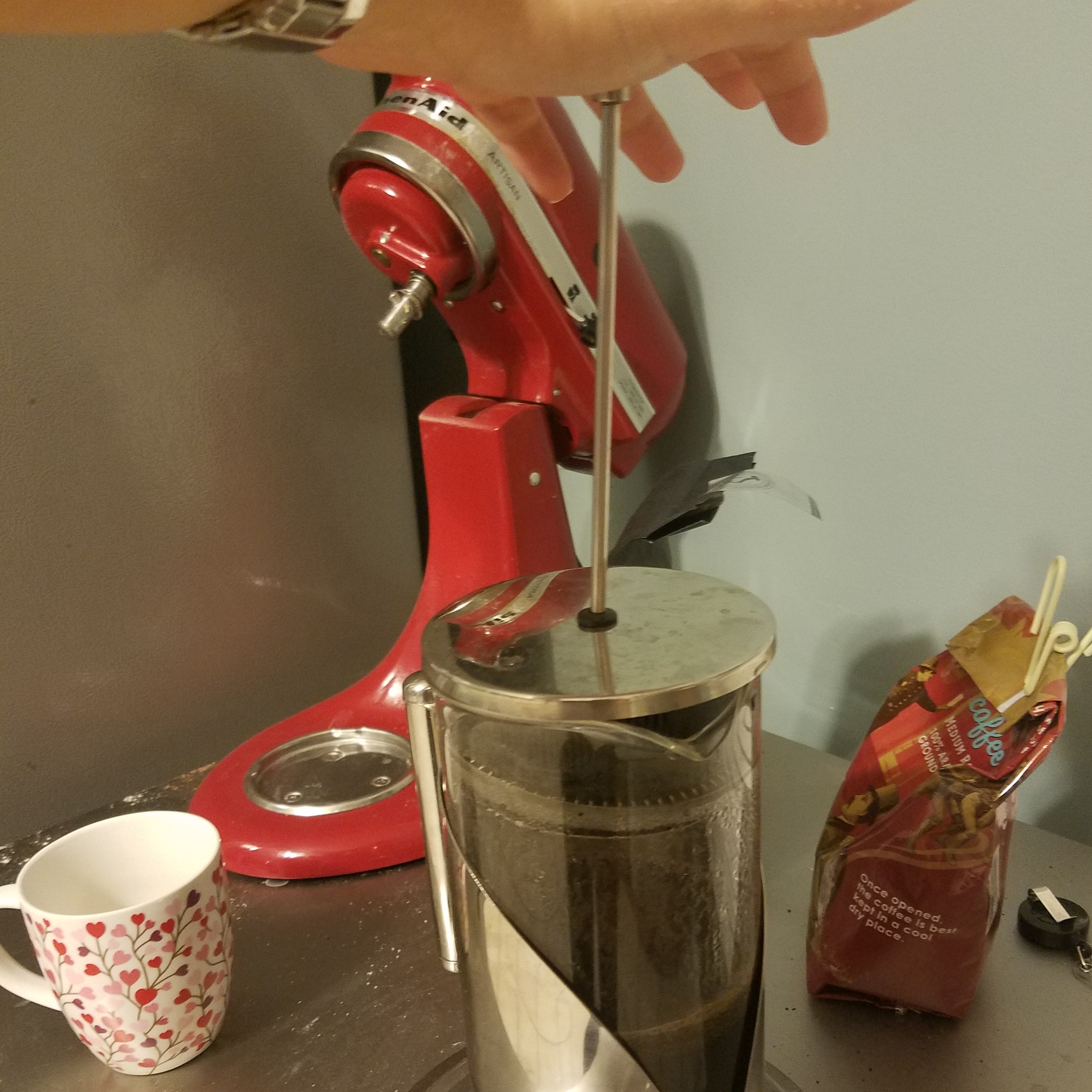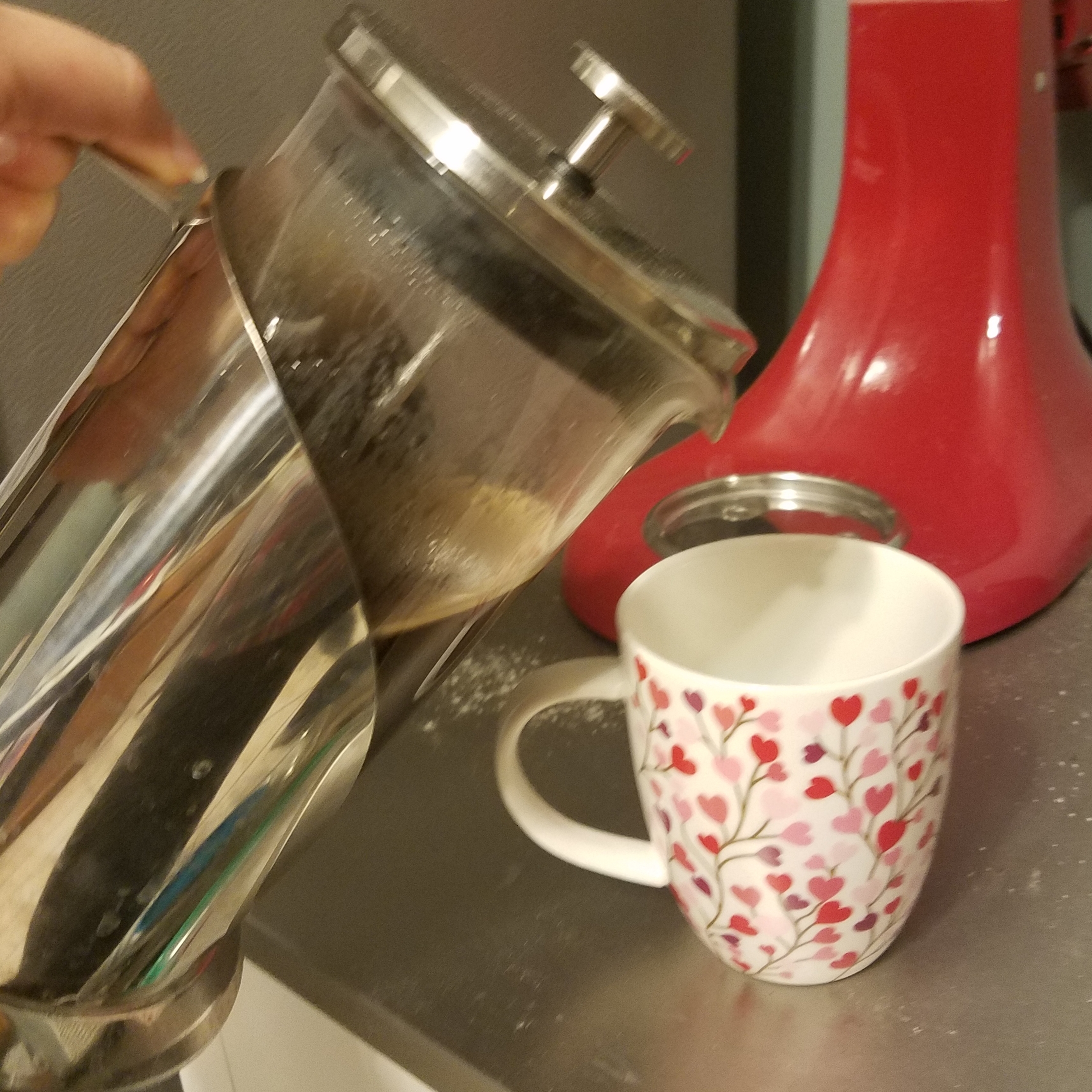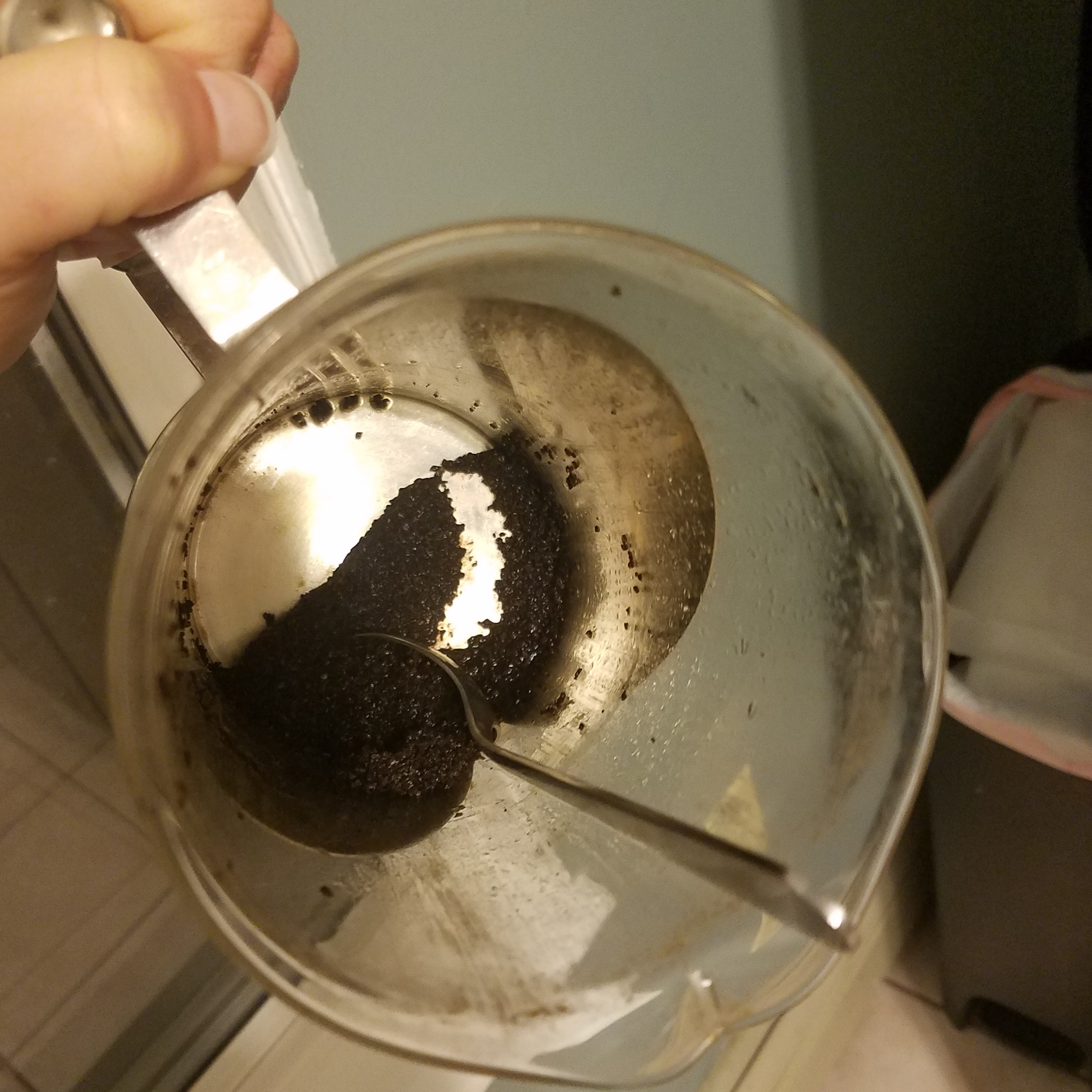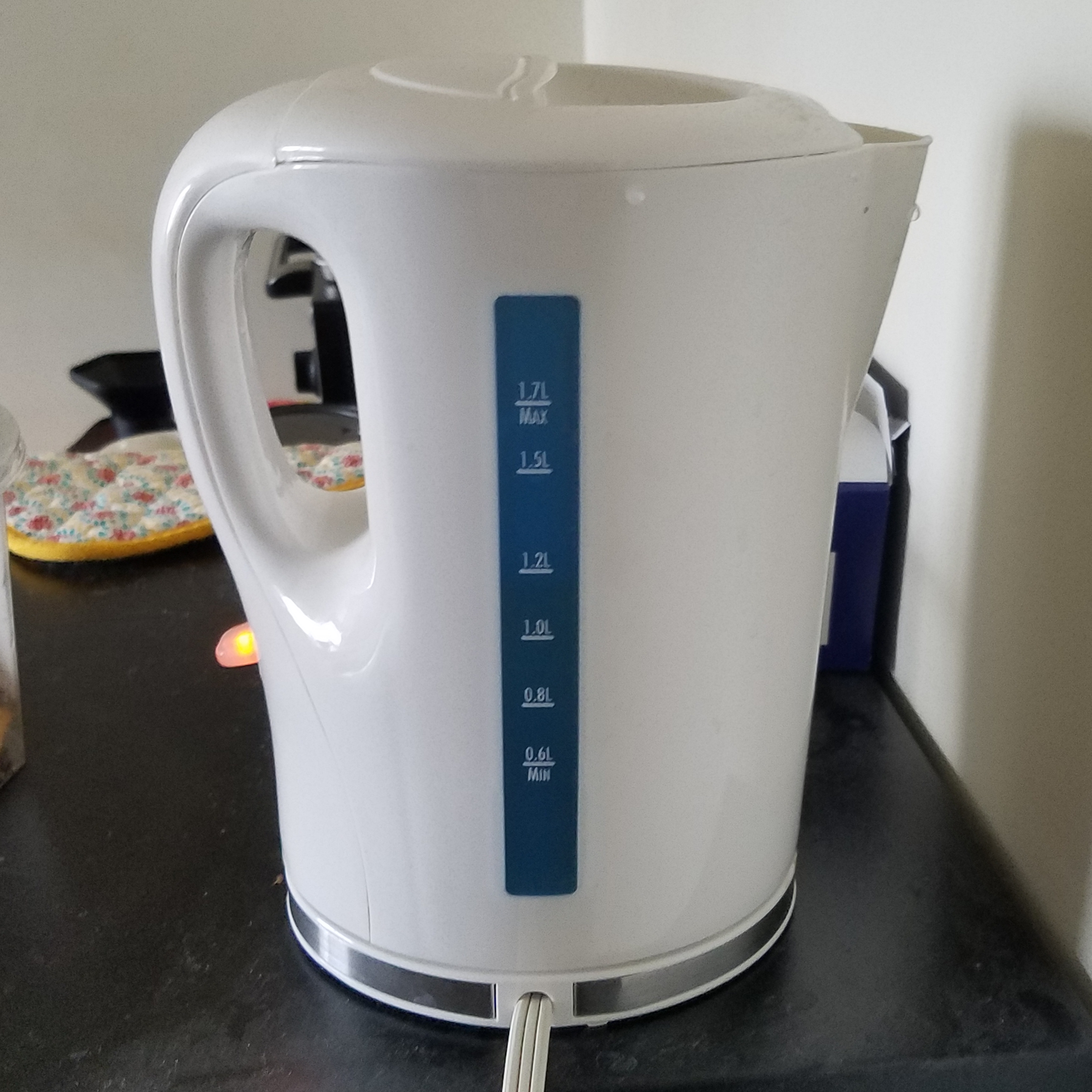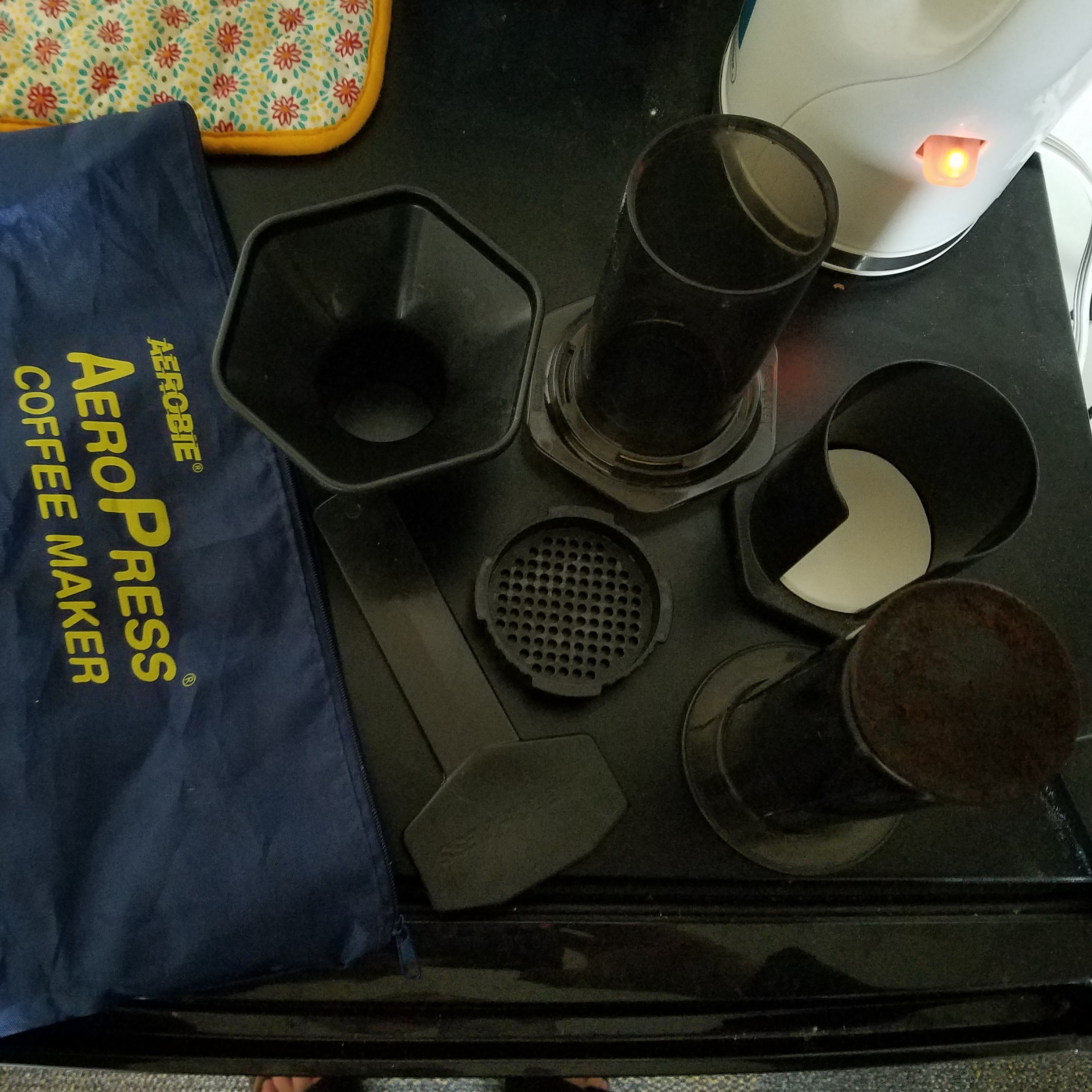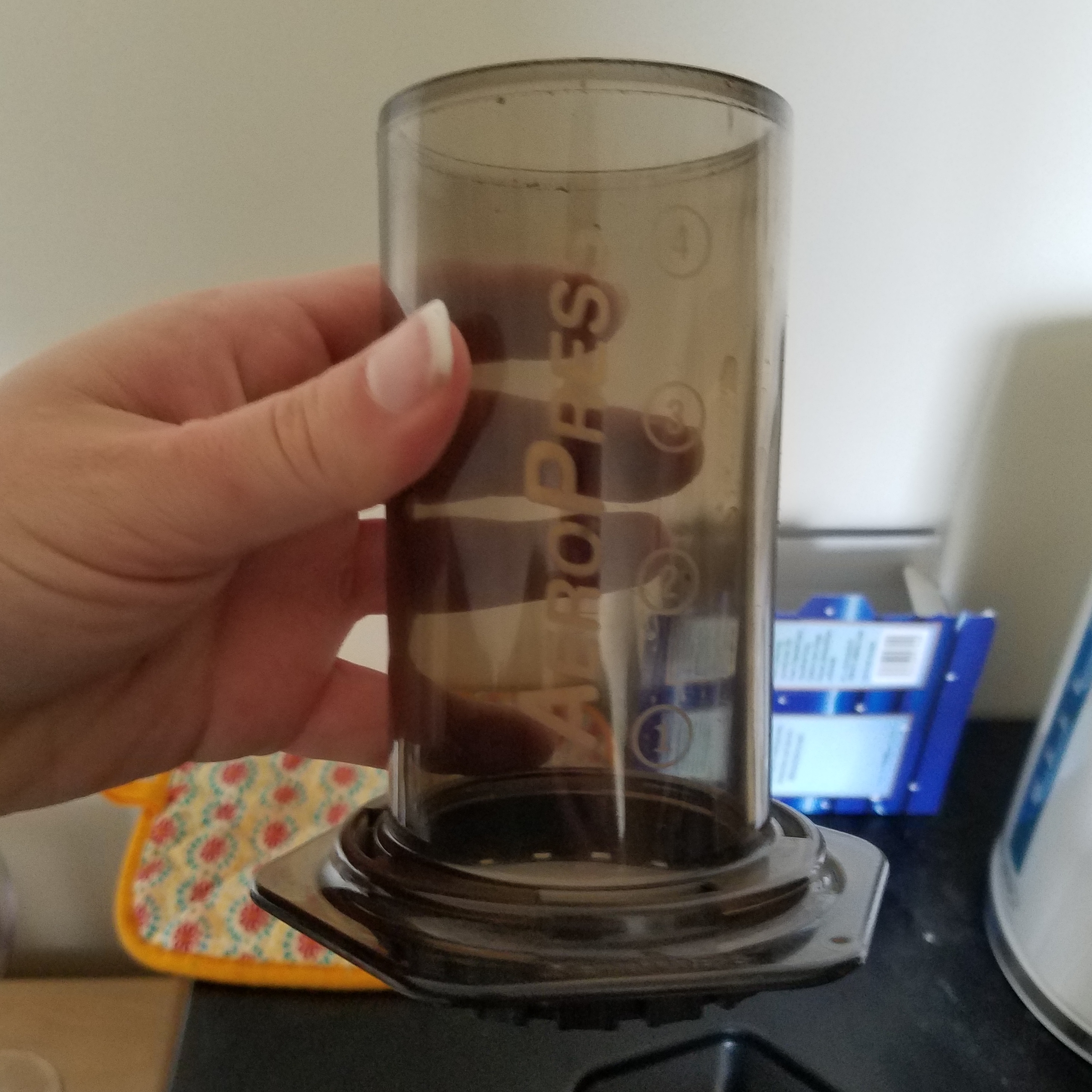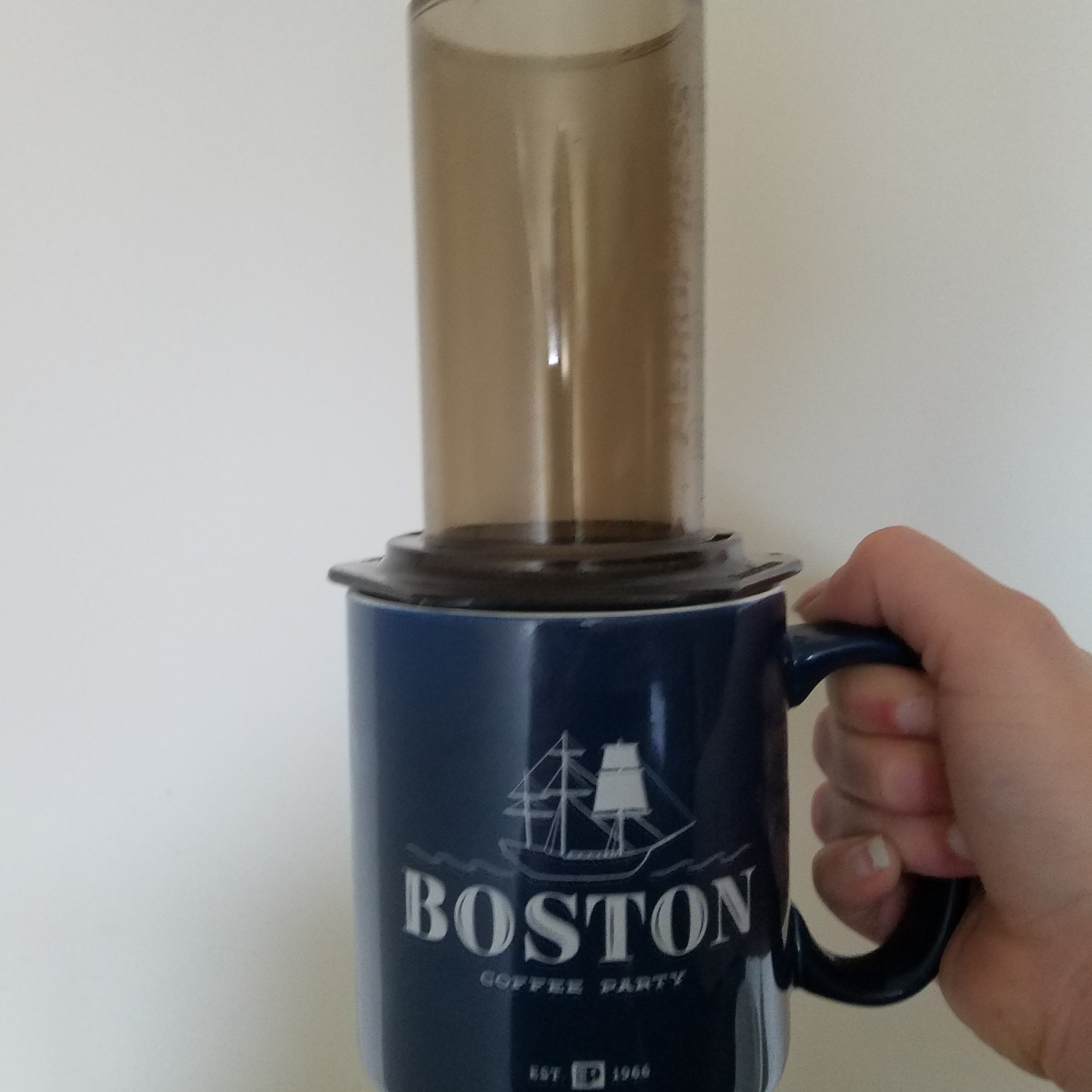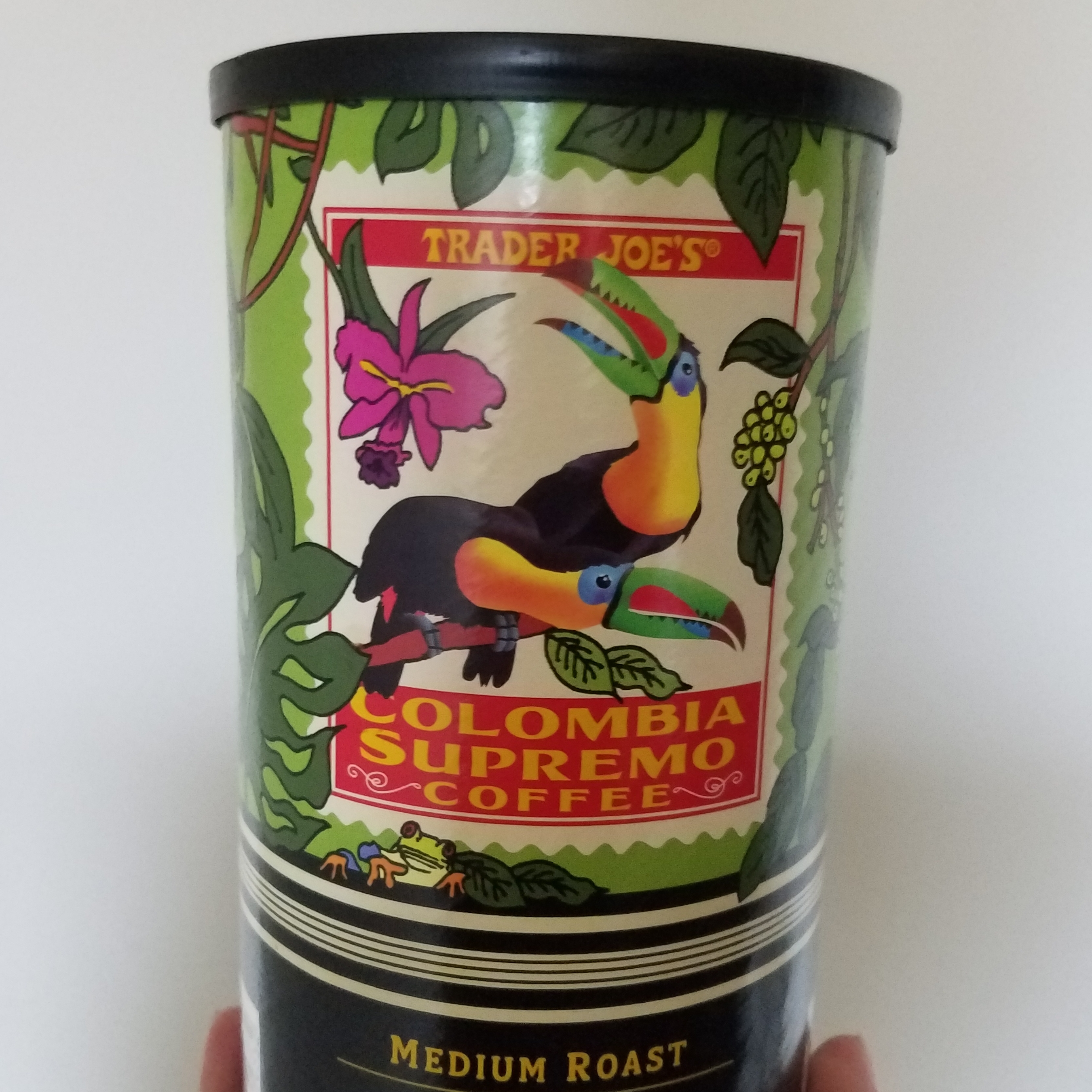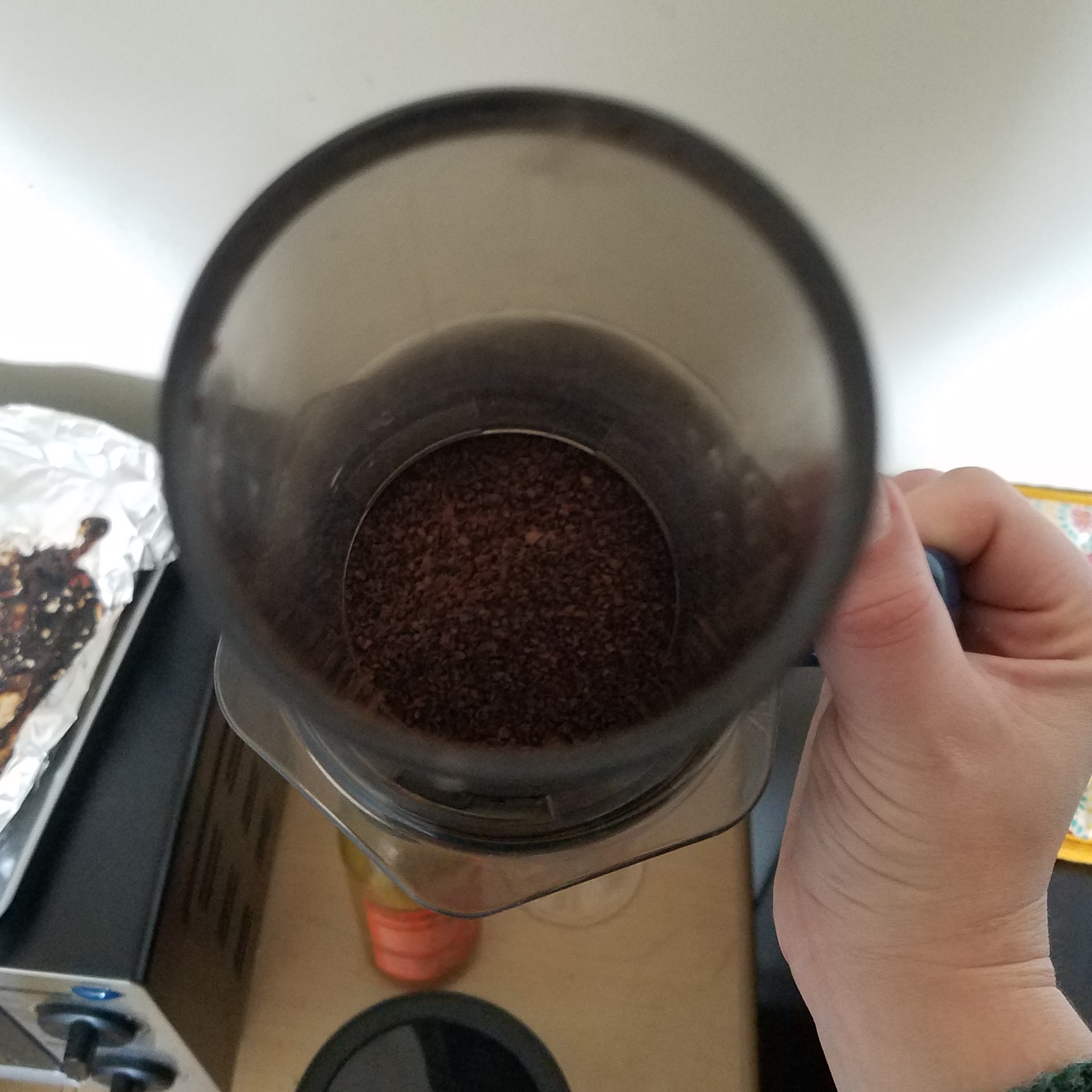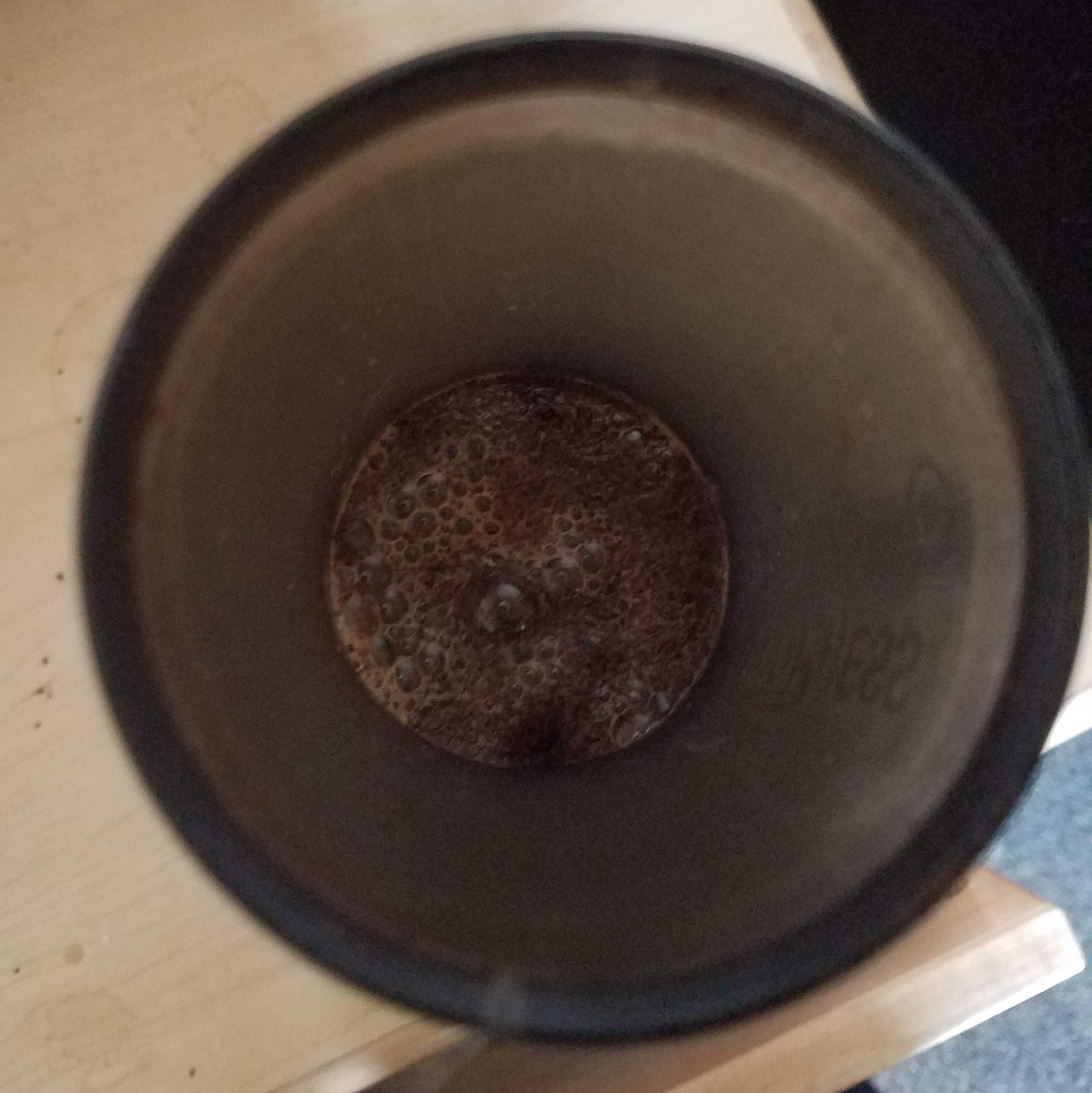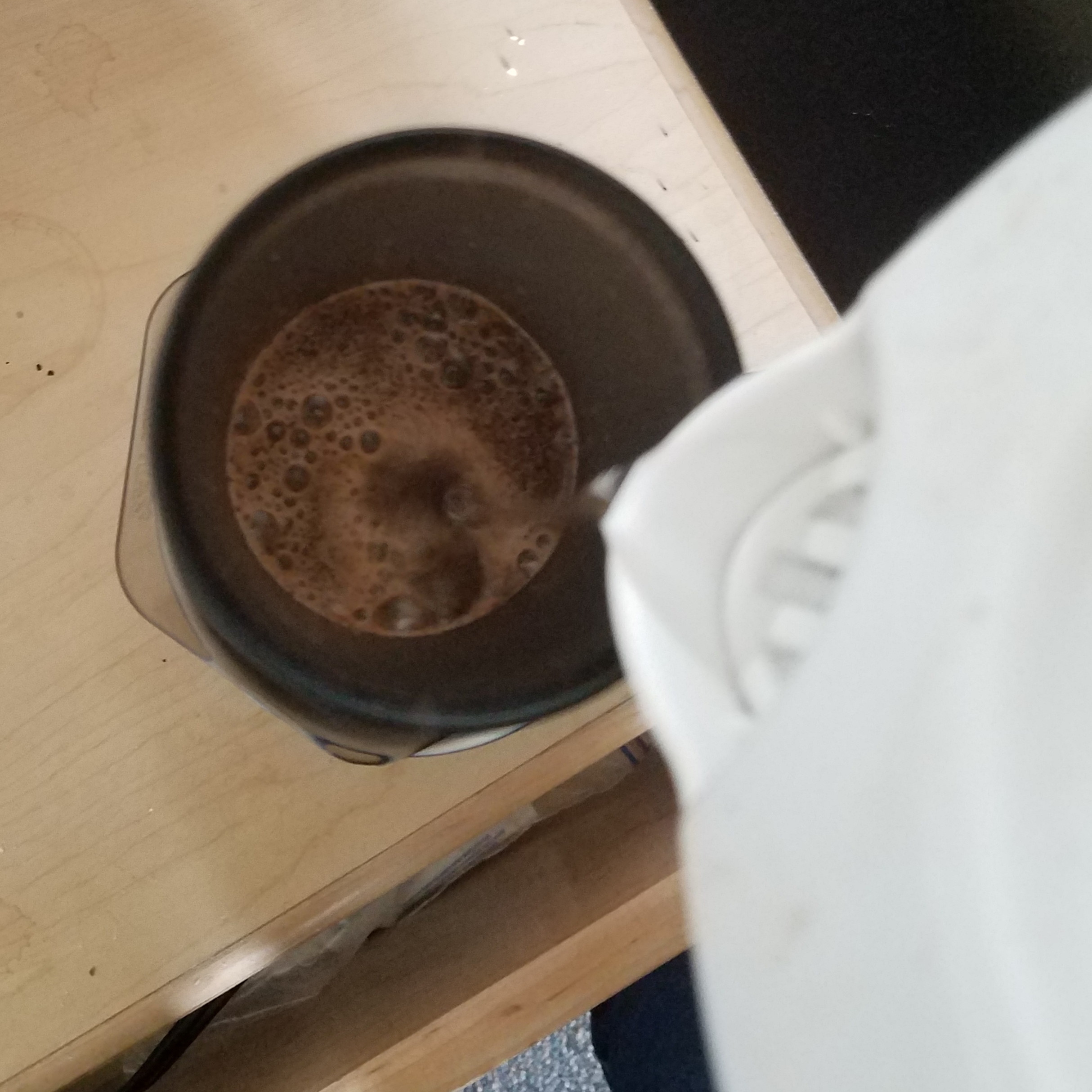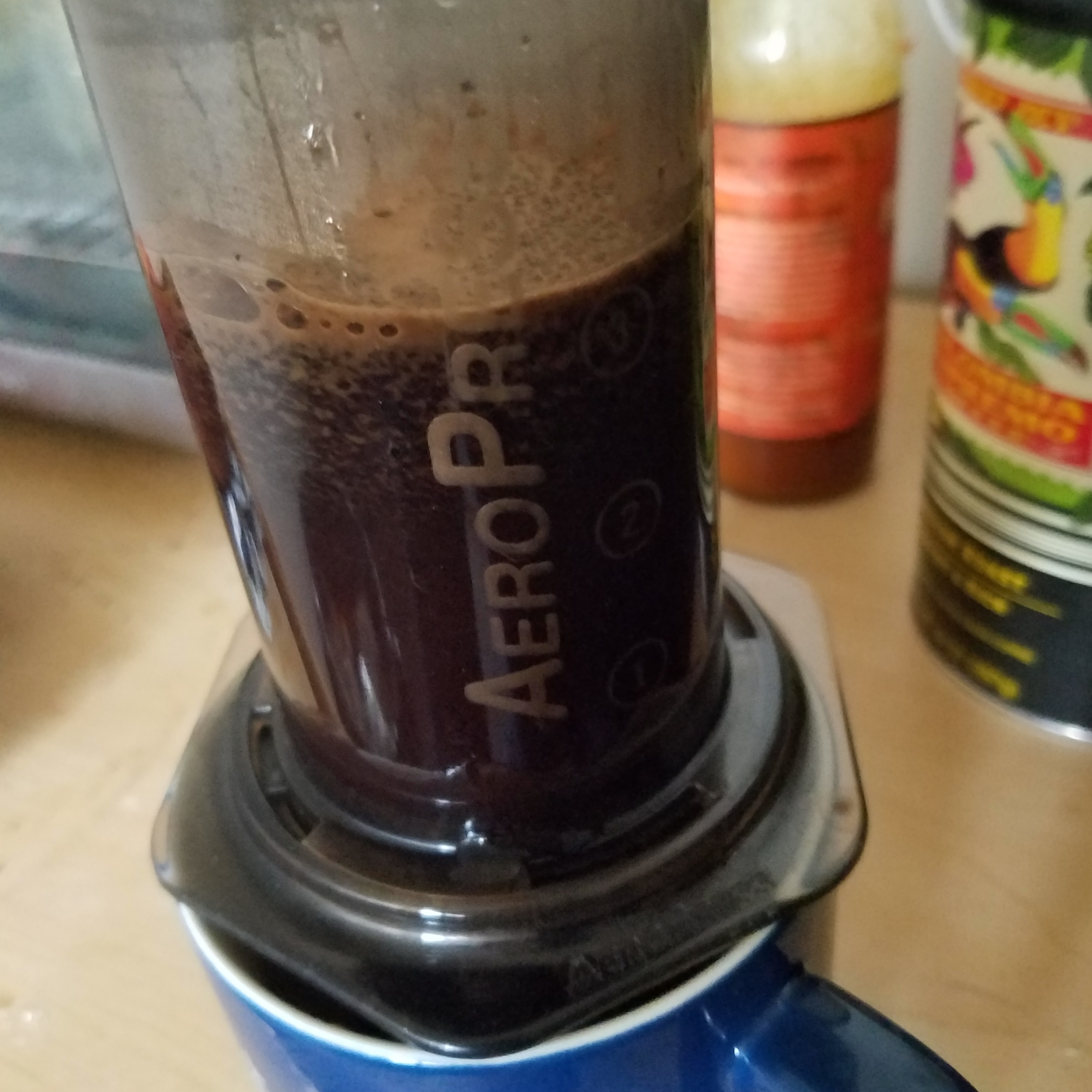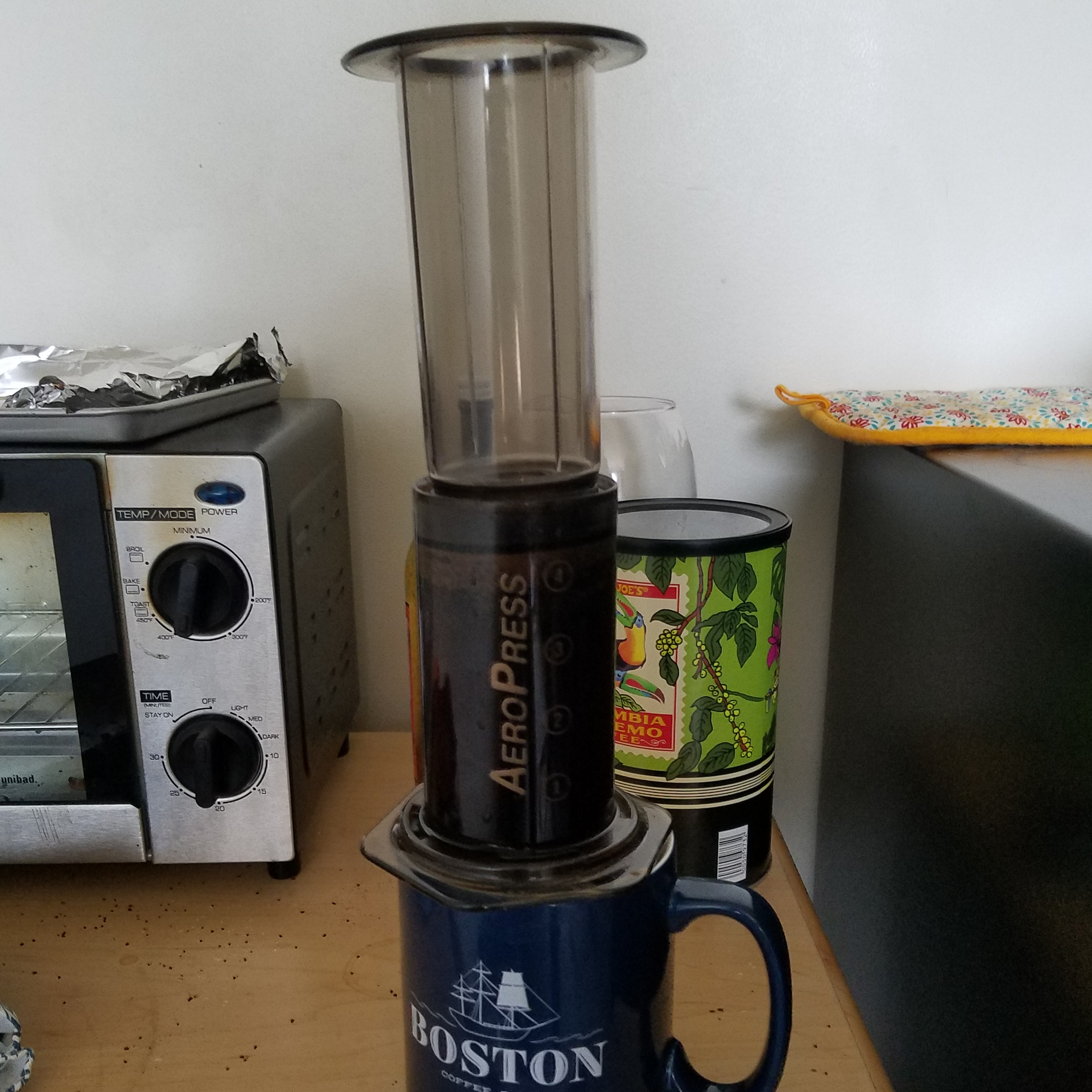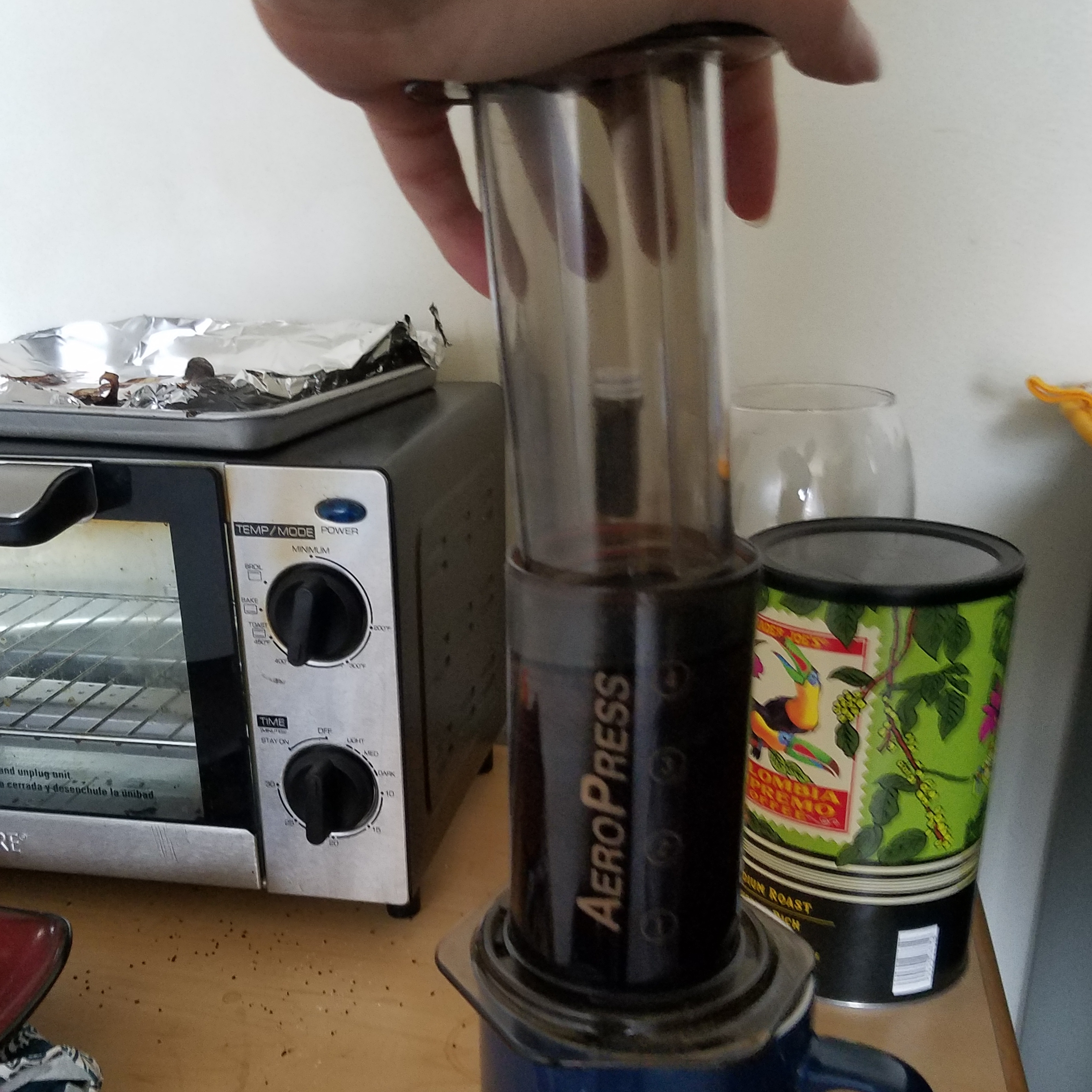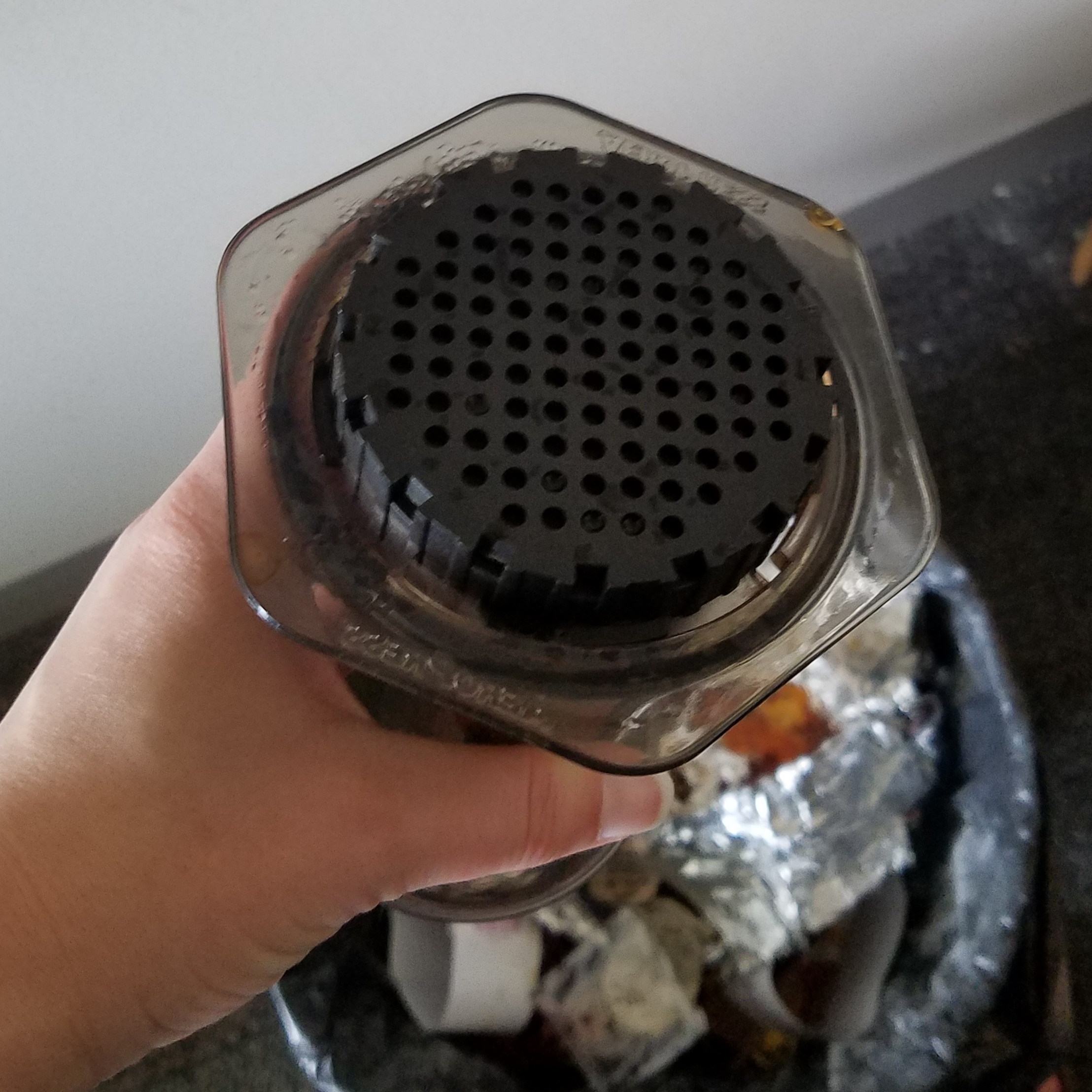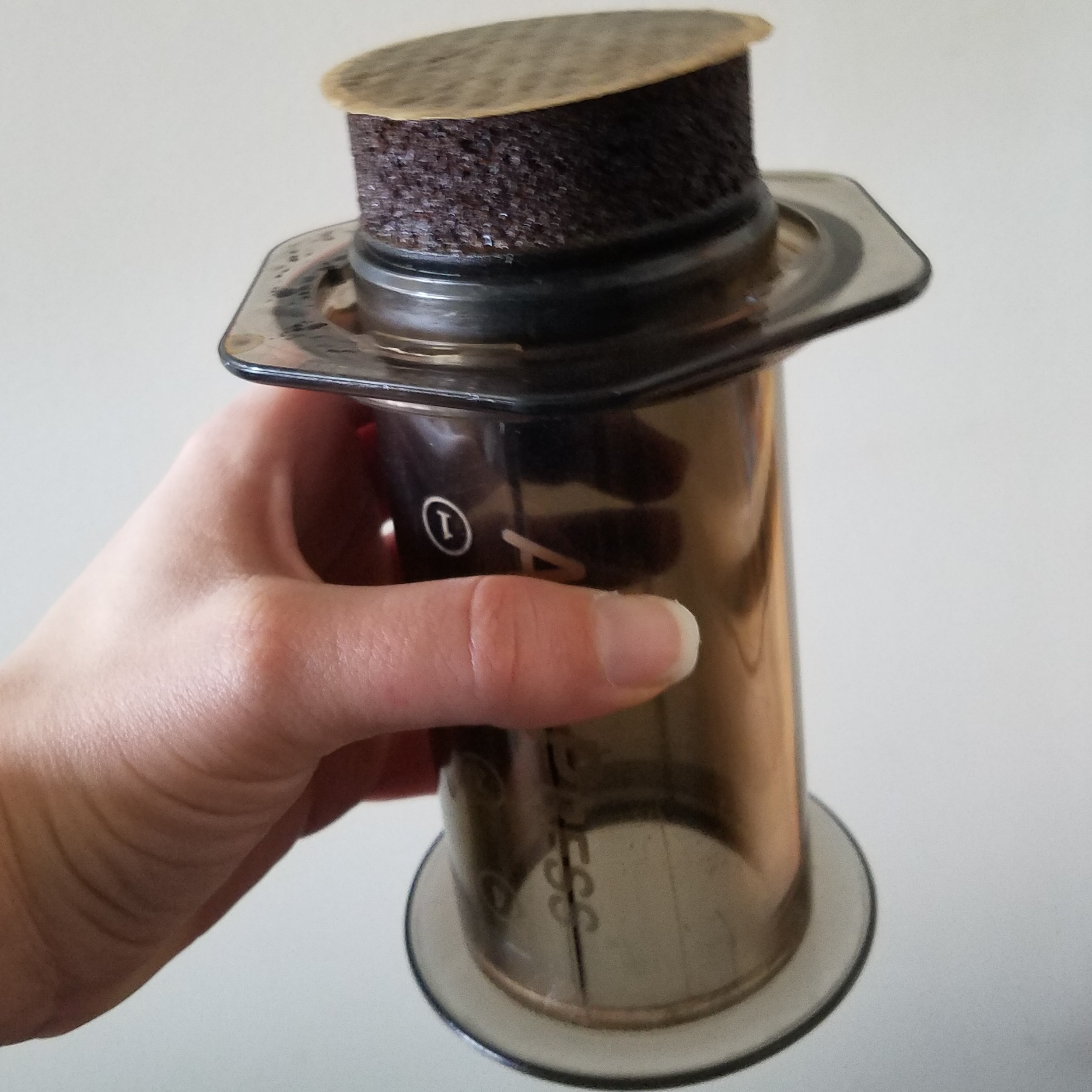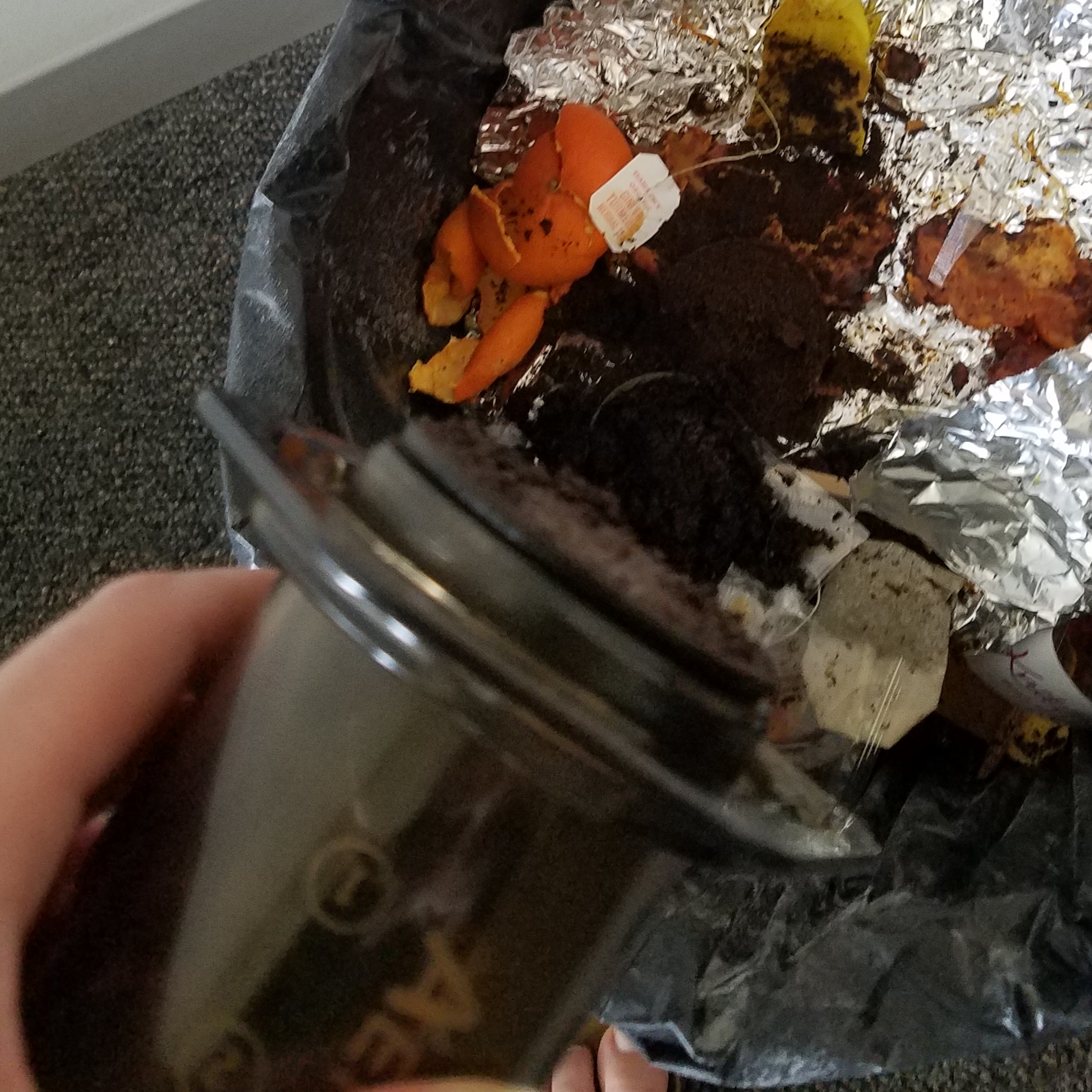"Student Sam" Makes Pour Over Coffee
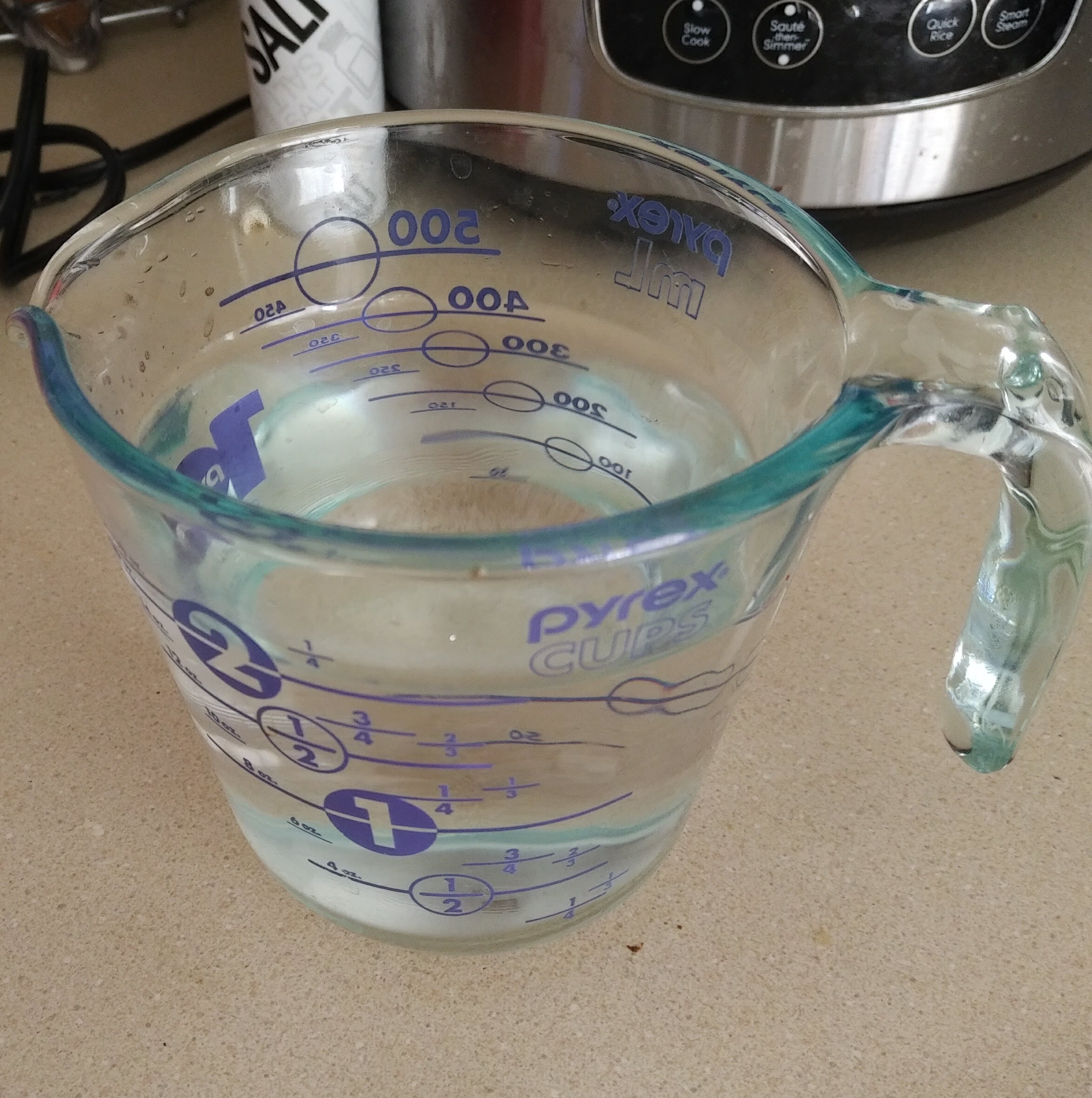
Heat the Water
Heat two cups of water to boiling.
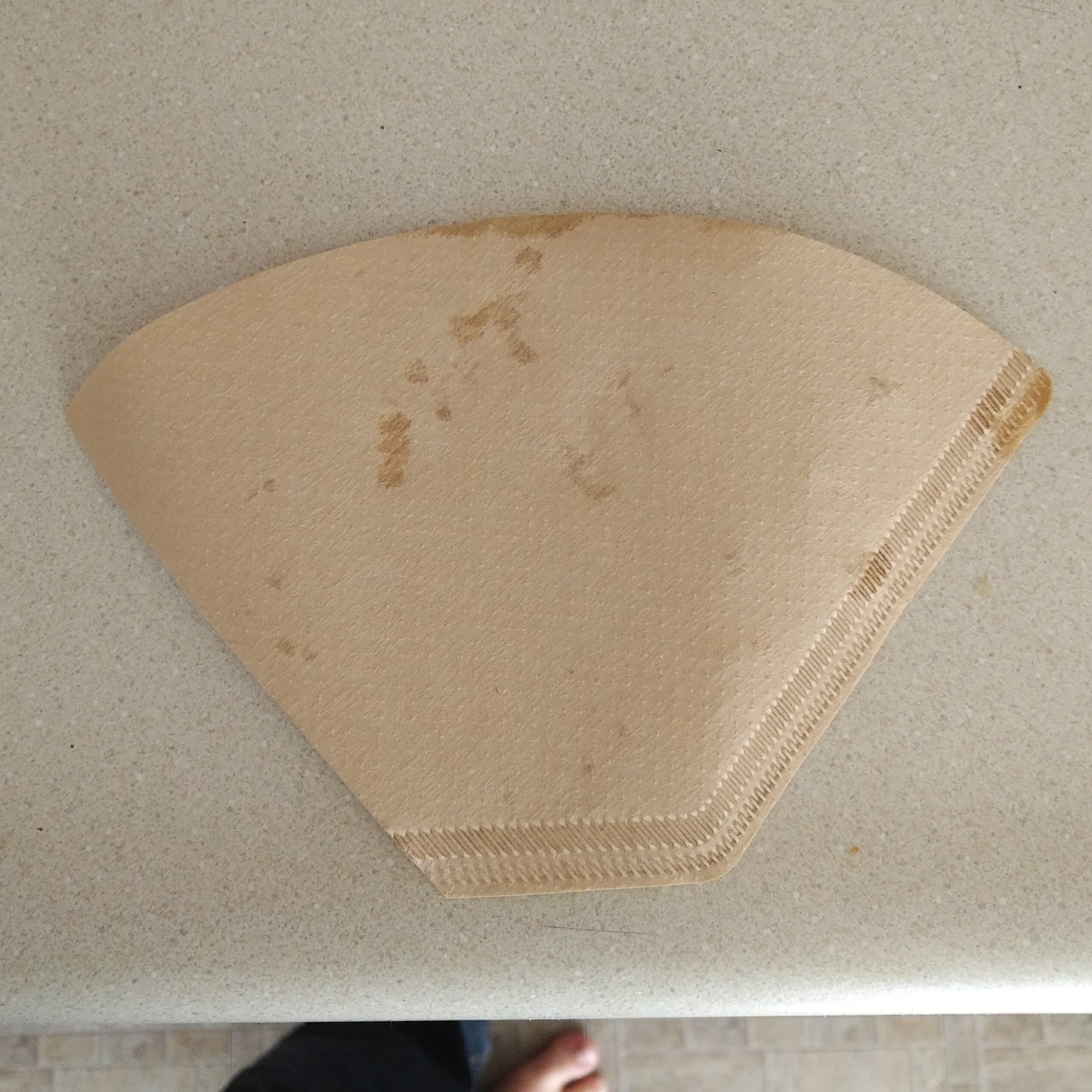
Procure Filter
Paper pour over filters ensure no grounds or sludge end up in the cup. They are not reusable.
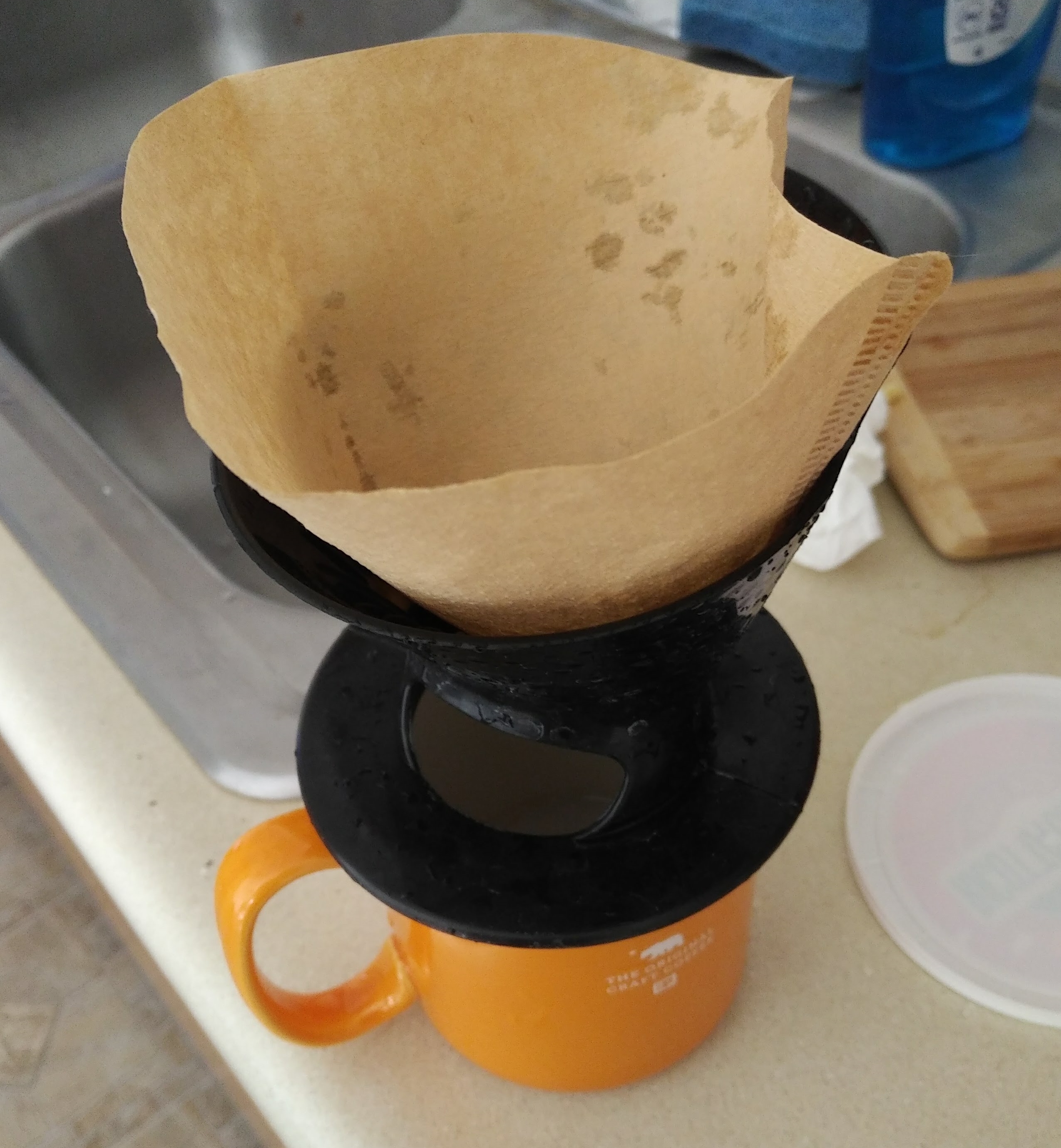
Prepare Setup
Place the filter in the carafe and the carafe on top of the coffee cup.
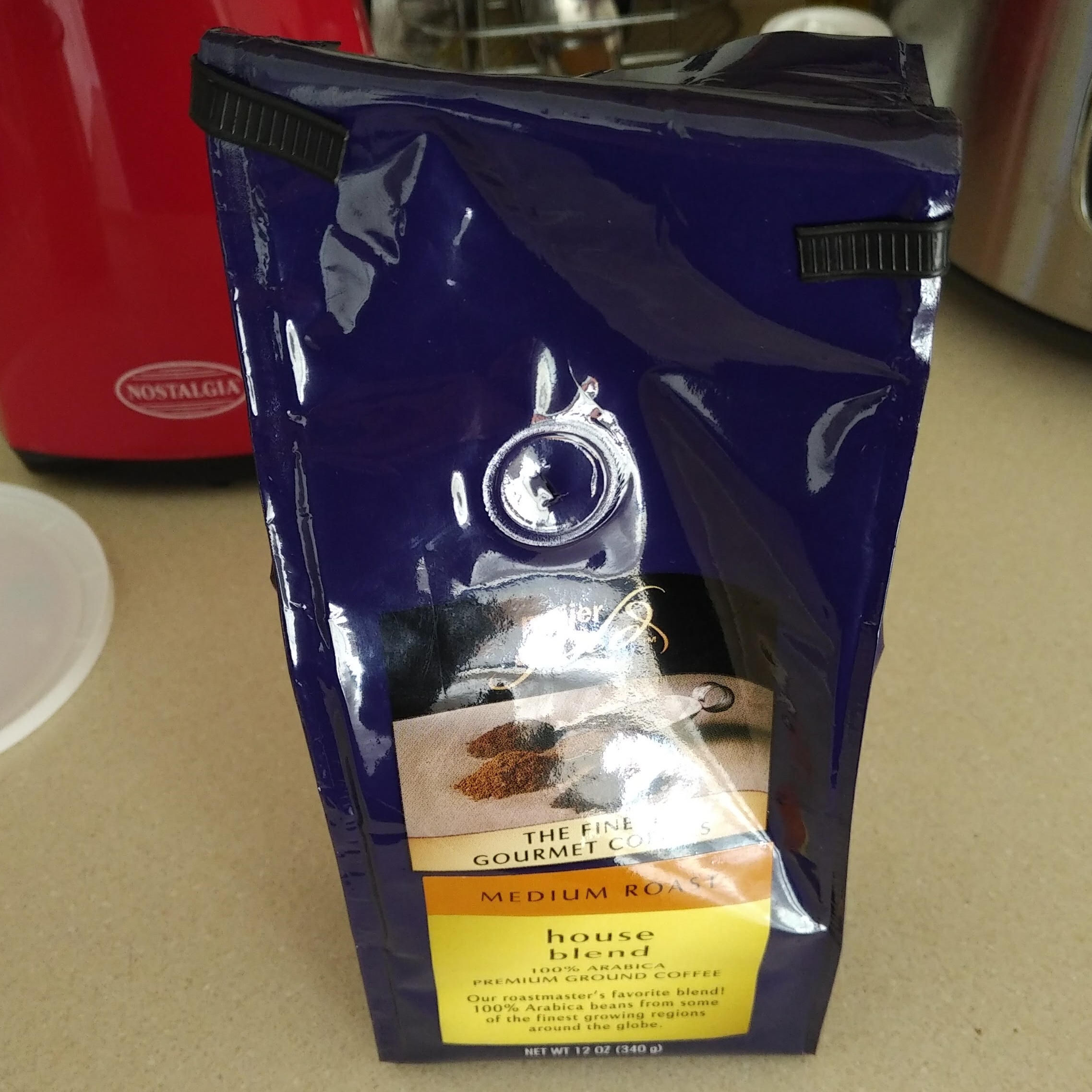
Select Coffee
Coffee selection is up to the user. This method uses a paper filter that will catch all fine particles, making grind size a non-critical parameter.
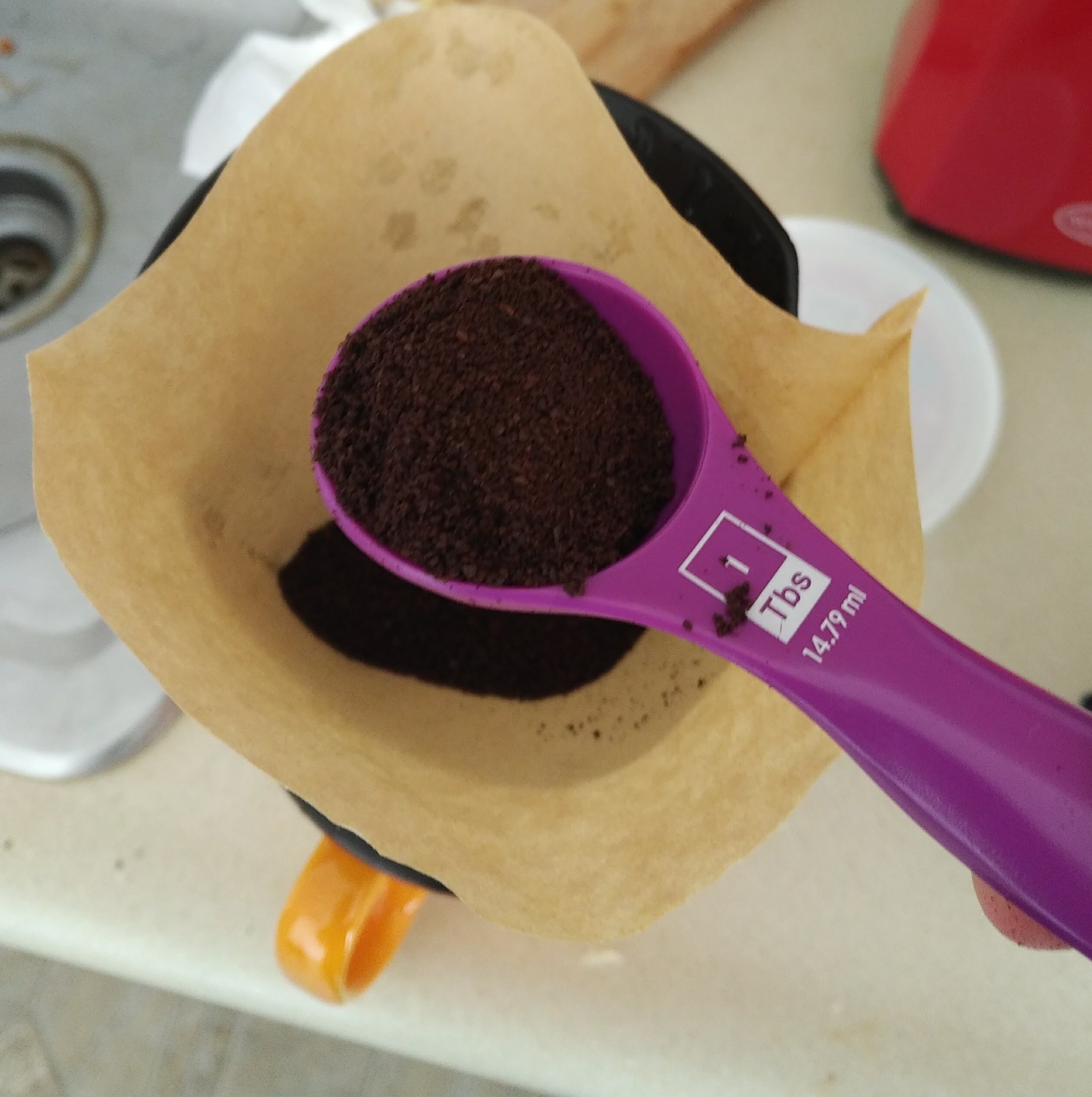
Measure Coffee
Measure two tablespoons of coffee.
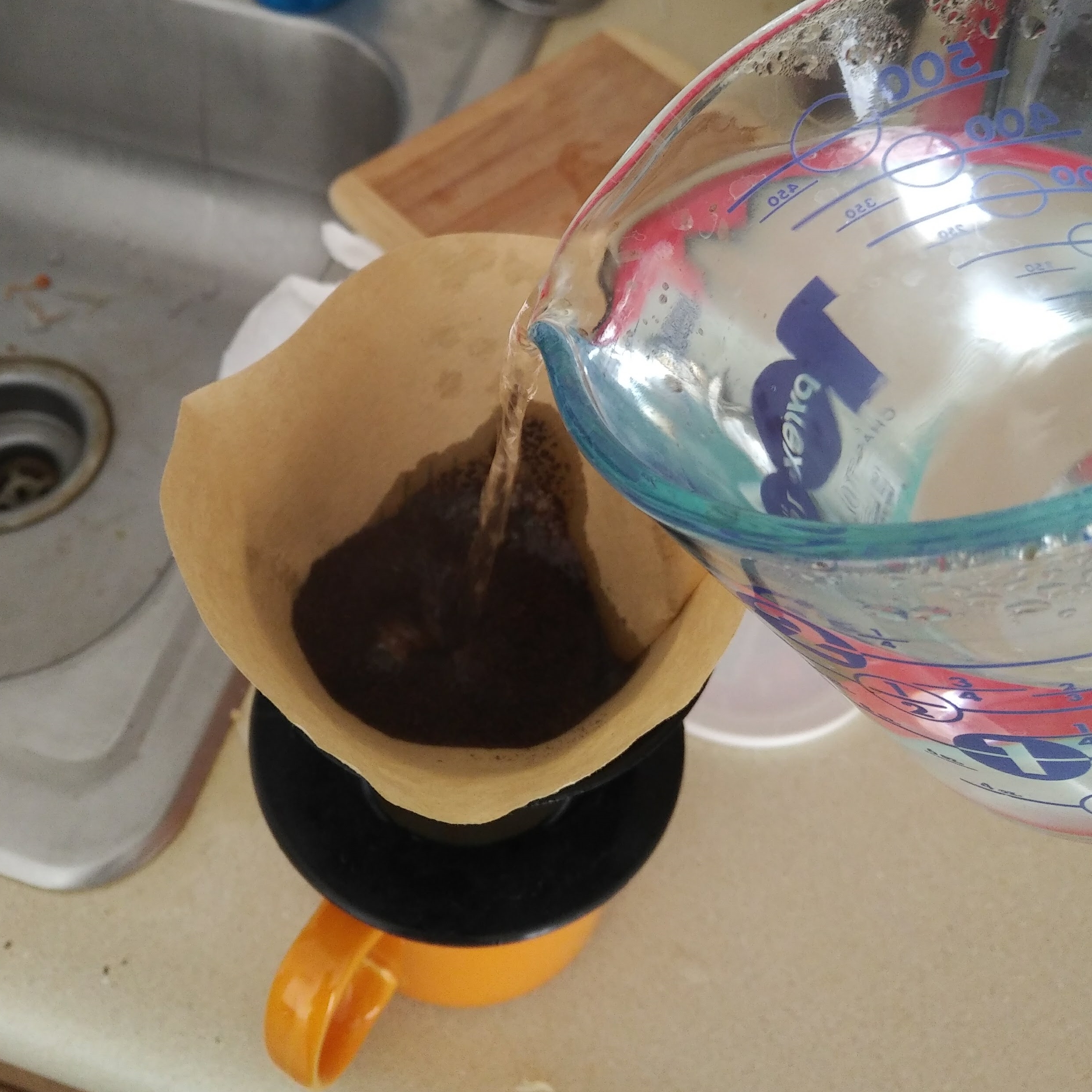
Pour Water
Slowly pour the near-boiling water into the filter. Make sure all grounds are wet and the carafe does not overflow.
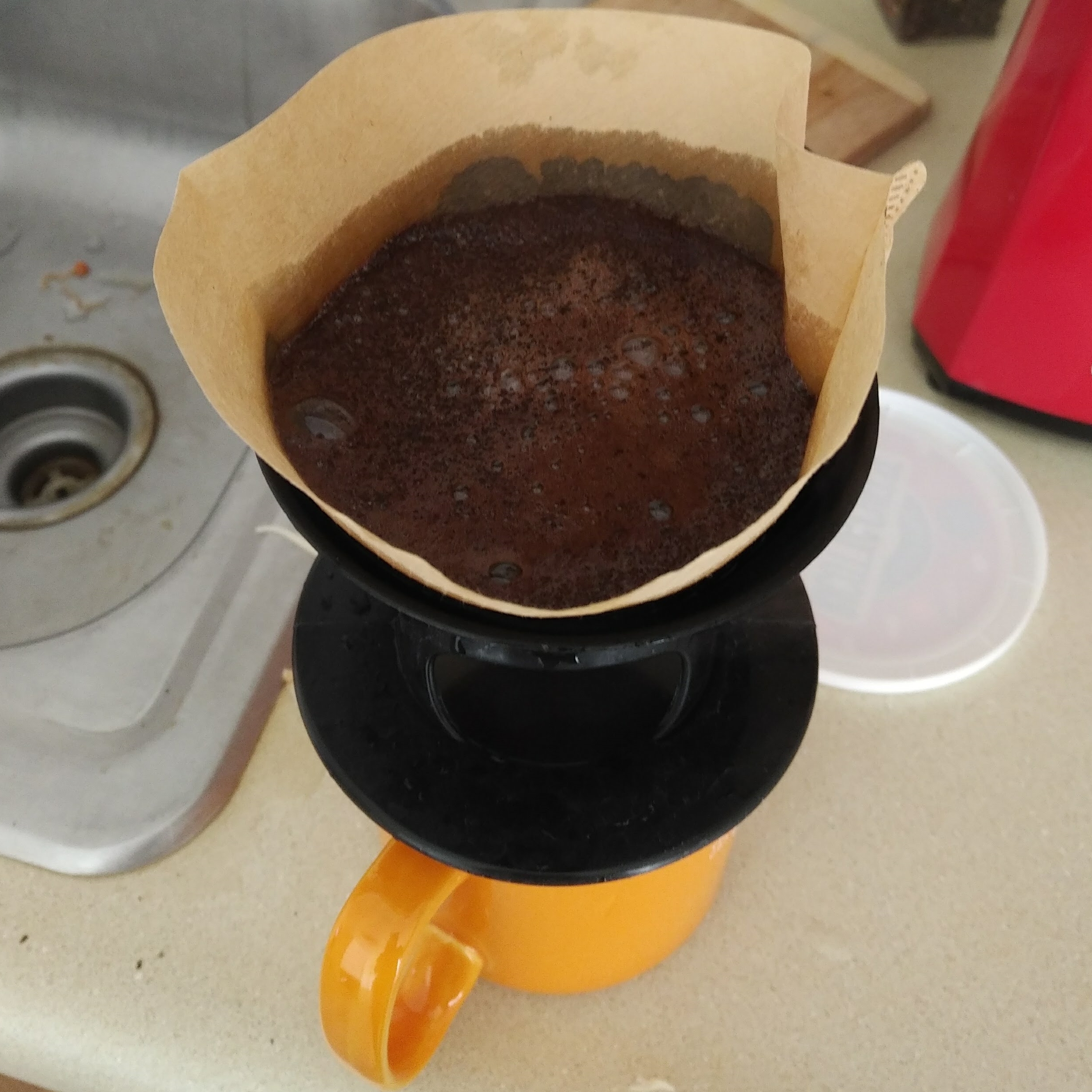
Drip
The filter and small hole at the bottom of the carafe will keep the water in contact with the grounds, creating a smooth cup of coffee.
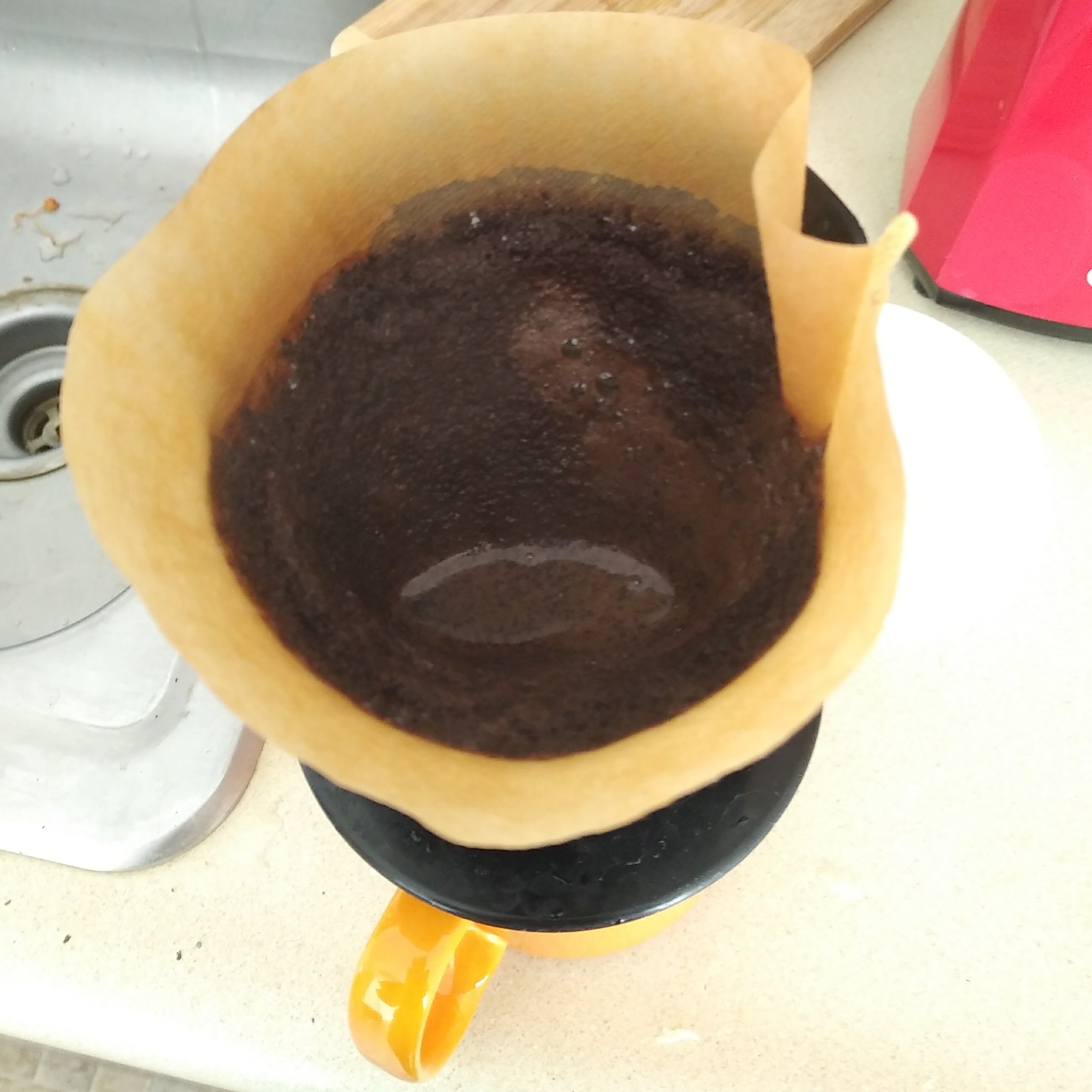
Wait
Wait untill all water drains from the carafe.
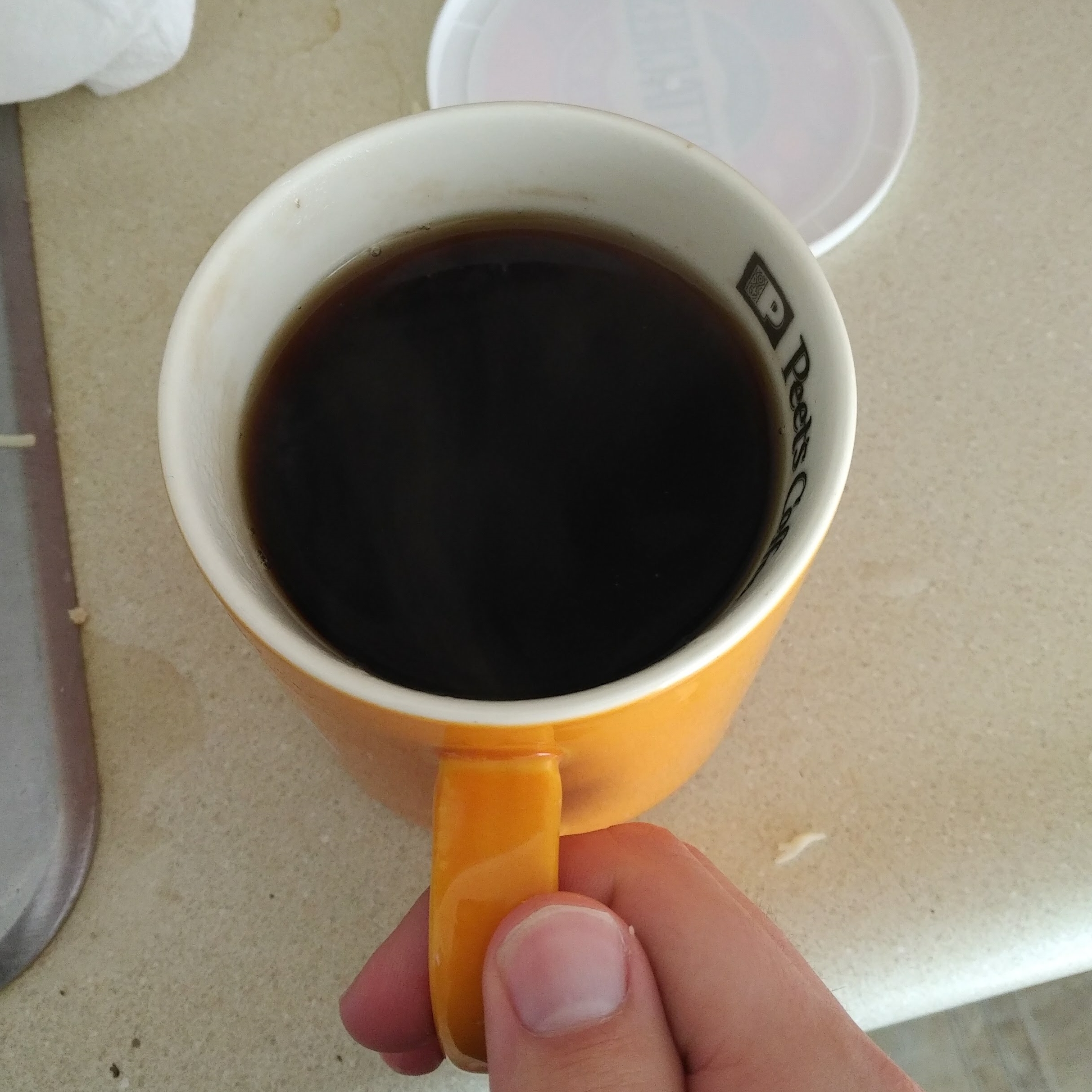
Finished
Enjoy your piping hot cup of coffee. The filter is removed by hand and thrown away and the carafe is rinsed out.
